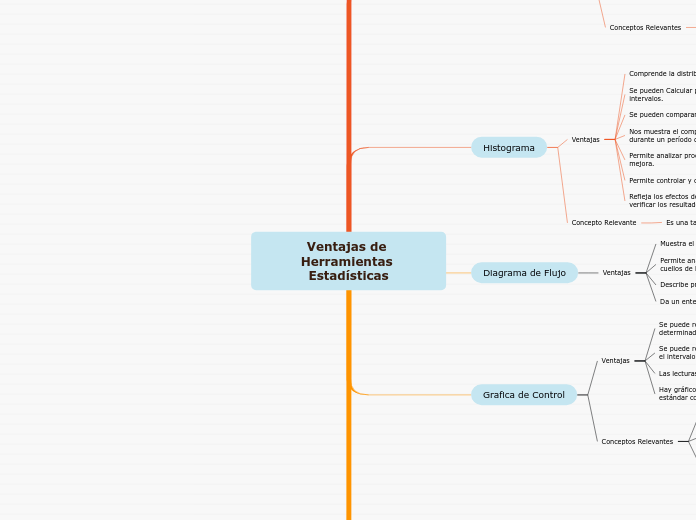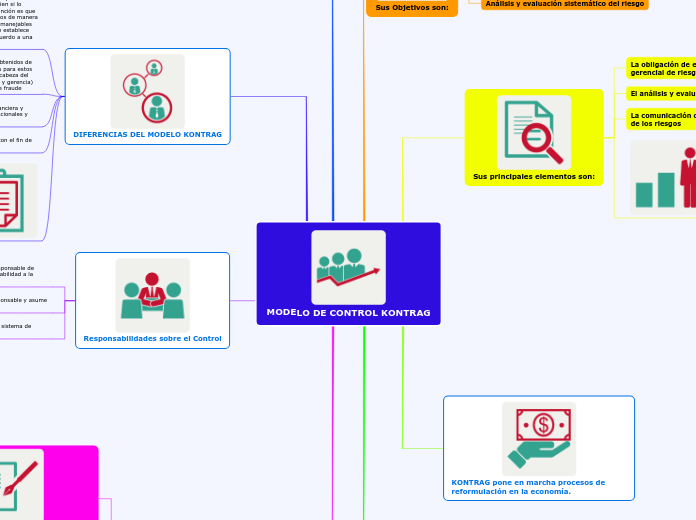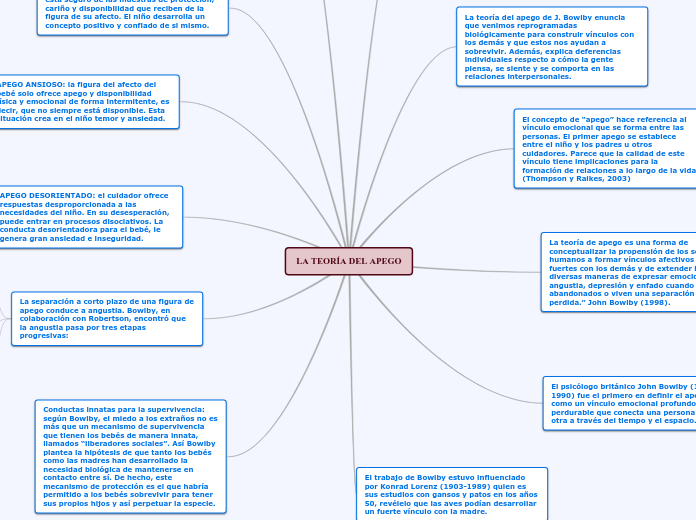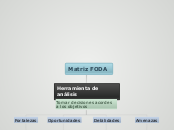Ventajas de Herramientas Estadísticas
To name your story, you have to think about the overall message and what you want your audience to understand from the story. Also, make it relevant and easy to remember.
Hoja de Control
Concepto relevante
Es una matriz de doble entrada
Contiene variables que se van a medir
Contiene información del producto
Puede tomar datos en un proceso
Diagrama de correlación o de dispersión
Sirve para realizar un análisis gráfico de datos bivariados (dos conjuntos de datos)
Es útil para mostrar lo que sucede a una variable cuando otra cambia con la finalidad de probar la teoría de que las dos variables se relacionan.
Reconoce relaciones estáticas o dinámicas entre las variables.
Establece las relaciones entre causa y efecto.
Nos aclara si existe alguna relación y la intensidad que pudiera tener la misma.
Podemos probar las relaciones causa – efecto
Muestra la relación entre dos o más variables.
Grafica de Control
Contienen una línea inferior que marca el límite de control inferior (LCI).
Contiene una línea superior que marca el límite de control superior (LCS)
Contiene una línea central (LCC)
Hay gráficos de control de rangos o de desviaciones estándar con el fin de identificar brechas o mejoras
Las lecturas se hacen a partir de muestras.
Se puede representar los límites de control marcan el intervalo de confianza
Se puede representar las lecturas hechas a determinados intervalos de tiempo
Diagrama de Flujo
Da un entendimiento claro del proceso.
Describe prioridad de materiales
Permite analizar
cuellos de botella
Muestra el proceso en forma secuencial
Histograma
The ending of a story is essential. We all know that if the ending is weak, what happened before loses its importance. So make it unpredictable, but fair. A resolved ending answers all the questions and ties up any loose threads from the plot.
Concepto Relevante
This is the closure section of the story.
See examples of possible outcomes below:
- all problems have been solved
- it's clear how each one of your characters ends up
- your main character is transformed by the challenge
Es una tabla de frecuencia de los datos
Try answering these questions to come up with a closure:
- Have all the problems been solved?
- Is there a clear picture of what happens with each character in the story?
- Has the challenge transformed your main character?
- How do the characters feel in the end?
This is the moment when the main character surpasses the last obstacle and finally faces their greatest challenge.
The climax usually follows one of these patterns:
- realization
- resolution
- choice
Type in your answer.
Refleja los efectos de un proceso, lo que permite
verificar los resultados de un mejoramiento.
Permite controlar y comparar procesos.
Permite analizar procesos y descubrir factores susceptibles de mejora.
Nos muestra el comportamiento posterior del proceso durante un período de tiempo.
Se pueden comparar con los estándares.
Se pueden Calcular promedios y desviaciones estándar de los
intervalos.
Comprende la distribución de los datos.
Diagrama de Pareto
The middle of the story is where you add layers of complications that will lead to the end. Reveal more about the character's journey. Did their personality go through changes? How did they overcome the challenges? And as you build up the story’s central conflict, make it more personal to that character. Also, from the middle act, you have to lead into the final act.
There wouldn't be any tension and excitement in your story if there weren't any obstacles in your character's way.
Su nombre se debe al creador Vilfredo Pareto y se basa en
A story is nothing more than a character overcoming a series of difficulties to reach the desired goal. Obstacles usually create suspense and conflict. In overcoming obstacles, there is growth: weak becomes strong; hatred turns into love; sadness into happiness; wrong into right; lies into truth; or evil becomes good.
See a few examples below:
- stopping a meteor
- finding a killer
- finding love
Muchos Vitales: Son aquellos numerosos factores que representan la pequeña parte restante.
Pocos Vitales: Se refieren a aquellos pocos factores que representan la parte más grande o el porcentaje más alto de un total
Each story has a main character and that character usually needs to solve a problem or challenge. The character's challenge is the one that creates tension throughout the story.
Centra su atención en el concepto de los pocos vitales contra los muchos triviales.
Es útil para establecer prioridades.
Type in any other challenges which other characters in the story need to face.
Other challenges
Representa en forma ordenada el grado de importancia que tienen los diferentes factores en un determinado problema, tomando en consideración la frecuencia con que ocurren.
In most stories, there are 3 challenges. The number 3 is a mystical number symbolizing completeness. Try to come up with interesting challenges with which your character needs to struggle.
See a few examples below:
- turns into a werewolf at night
- is sent back in time
Challenges
Diagrama Causa - Efecto o Espina de
Pescado o Diagrama de Ishikawa
In the beginning of the story (or the exposition), you will need to introduce the setting and characters. You might also want to introduce the main conflict. This part of the story is important because it gives the reader necessary background information and maybe even a first insight into a character’s personality.
Conceptos Relevantes
The setting (time & place) of a story can change throughout the plot.
Es una técnica de análisis en la resolución de problemas, desarrollada por Kaoru Ishikawa.
The weather is an important element in your story because it can highly influence the ambiance and the mood of the characters.
Do these weather conditions affect the main character?
The most affected character is the main character. Write down here if he/she is affected by these weather conditions in any way. For example, if they lost a family member or their home during a hurricane, etc.
Elements of nature
Decide if you want to include an element of nature in your story. For example, a rainbow can be a very nice choice for a happy ending. The mist in a story can represent mystery and secrets. A thunder can appear in the background at the moment when the 'bad guy' of the story makes its appearance, etc.
Catastrophic event
Does your story include catastrophic weather? See a few suggestions below or add your own:
- hurricane, earthquake, storm, etc
El resultado fijo es denominado comúnmente efecto, el cual representa un área de mejora, un problema a resolver, un proceso o una característica de calidad.
The time of the story can also change. It can describe the event of a single day or can include an entire year's plot. Anyway, don't forget to mention it.
Time of plot
Asume la forma de un esqueleto de pescado por lo cual toma el nombre de espina de pescado.
Your story can take place wherever your imagination will take you to.
For example: in an elevator, in an enchanted forest, etc. Don't forget to give details of the environment each time the setting changes, otherwise, the story can be confusing. Also, mention the seasons as each of them has unique weather and events.
Location
Ventajas
Characters are essential to a good story. Usually, the protagonist(s) is/are the most affected by the plot. Introduce a character by focusing on their actions, interests, and occupation, as the physical appearance doesn't make a difference in most cases.
Características
Type in the name of your character.
Una vez el problema/efecto es definido se identifican los factores que contribuyen a él (causas).
Add other qualities/attributes of the character.
Muestra la relación sistemática entre un resultado fijo y sus causas.
What is your character's main goal?
fight Evilfind lovedefeat his/her enemyrule the worldmake friendstime travelmake an awesome discoveryOther
Explica cómo diversos factores que afectan un proceso pueden ser clasificados y relacionados de cierta manera.
Which traits best describe the character's personality? Choose more if necessary:
introvertedloyalkindindependentquick-thinkingadventuresomeidealisticsweet-naturedcalmrisk-takercreativewittystrictfussyweirdclumsyharshaggressivecarelessclingingcowardlycrueldeceitfulimpulsiveOther
Da la relación existente entre las causas/subcausas y el efecto.
Choose the type of your chacter:
Protagonist (main character)Antagonist (main character's opponent)Flat (stereotypical character)Round (his/ her personality develops throughout the story)Static (doesn't evolve as a person throughout the story)Dynamic (dramatical change in personality)Confidant (the main character trusts him/ her)Foil (contrasting character who enhances the personality of another character)Other










